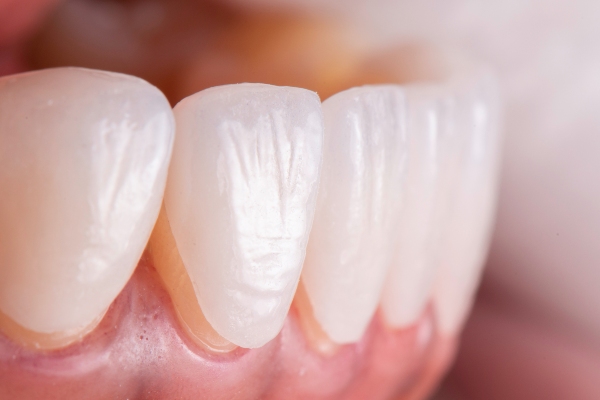General Dentist: What Is the Difference Between a Dental Hygienist and a Dental Assistant?

Both dental assistants and dental hygienists work with a general dentist and patients. These professionals help patients take proper care of their teeth. Many people often confuse these two dental professions. Both of them involve working with the dentist. But, when it comes to some aspects, they differ. Read on if you want to learn about the differences between these professions.
General dentist
There is a lot of demand for dental team positions. These include dental hygienists and dental assistants. Dental hygienists provide many services. The professionals provide preventive dental care and educate patients about oral health.
Dental assistants also perform various important tasks. These include patient care, taking X-rays and scheduling appointments. Both of them help provide a high level of care. But many aspects distinguish them.
Education
Dental hygienists usually need an associate degree in dental health. Some of them opt to also get a bachelor’s or master’s degree. A master’s or bachelor’s degree is required in particular cases. These are important for clinical practice, research and for teaching in health programs. These programs are usually found in technical schools, community colleges and universities.
The programs are accredited by the Commission on Dental Accreditation. Programs offer clinical, classroom and laboratory instruction. Some study areas include medical ethics, anatomy and periodontics. The professionals take about three years to finish the programs and graduate.
It takes a shorter time to become a dental assistant. There are different educational paths to becoming an assistant. In some states, assistants are required to graduate from an accredited program. The professionals should also pass an examination. Programs cover laboratory and classroom work. Students must learn about the gums, jaws and teeth.
Assistants also have to focus on specific areas general dentists work on. People who graduate from these programs often receive certificates. In other states, dental assistants do not need to meet formal educational requirements. These states allow on-the-job training. Other professionals may teach new assistants important things they need to know.
Licenses, registrations and certifications
All states need dental hygienists to be licensed. Requirements vary from state to state. In many states, candidates need to have a degree from a dental hygiene program. Applicants are also required to pass some examinations. To continue offering the services, dental hygienists must meet continuing education requirements.
Entry-level dental assistants do not need licenses. Several states require assistants to be licensed for advancement or entry. States may need assistants to meet other requirements. This is necessary before they can offer specific services or work in some areas. These include in infection control, radiography or other specialties. In some states, assistants are even allowed to perform expanded duties like coronal polishing.
Learn more about dental team positions
Both these professionals work with a general dentist. The professionals have to meet different educational and license requirements. The training and scope of practice also differ. If you want to find out more about the professions, visit the Commission. You can get accurate information on accredited programs and educational requirements.
Are you considering a general dentist in the Scottsdale area? Get more information at https://sonorandesertdentistry.com.
Check out what others are saying about our services on Yelp: Read our Yelp reviews.
Recent Posts
Dental veneers and dental crowns are restorations that can change the appearance of your teeth. Though they are different procedures, people often confuse the two. This article will review the key differences between crowns and veneers to help you better understand which procedure is right for you.A dental veneer is a thin covering for a…
Dental veneers are ideal for fixing your tired smile. These shells can improve the appearance and structure of your teeth. But these restorations are not for everyone. The following factors indicate that dental veneers are ideal for you.Broken, cracked, or chipped teeth will need immediate restoration. Any degree of dental damage will leave the teeth…
Those seeking to perfect their smiles often turn to dental veneers. This treatment is well known for helping to create bright and dazzling smiles free from imperfections, making it one of the most sought-after cosmetic procedures. In addition, veneers are aesthetically pleasing and versatile in addressing the widest range of cosmetic issues.However, it is important…
Dental veneers can improve your dental health. Your dentist can present many types of this dental restoration. Understanding the types of veneers available can broaden your options. Here are the different types of dental veneers that you must consider.These are the most common types of dental veneers. The material in these restorations is feldspar, which…


